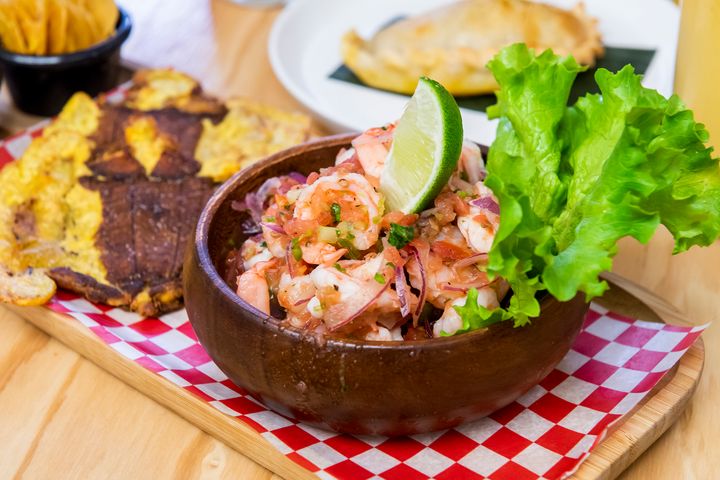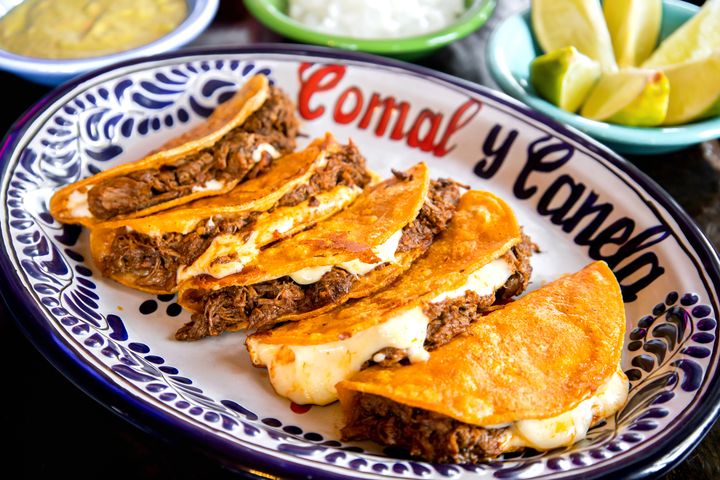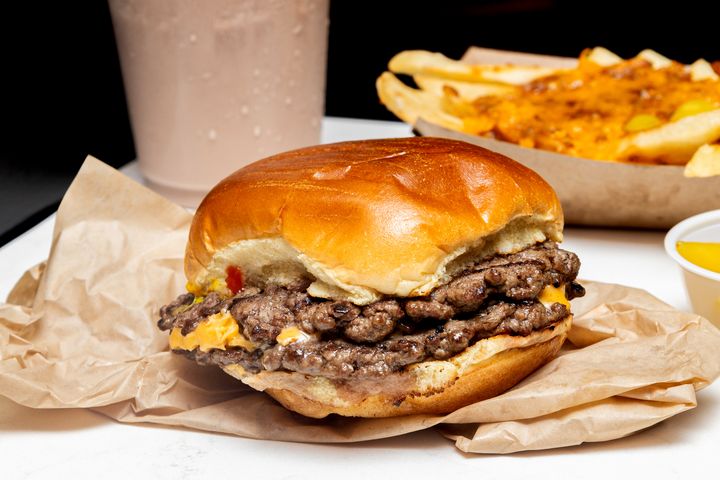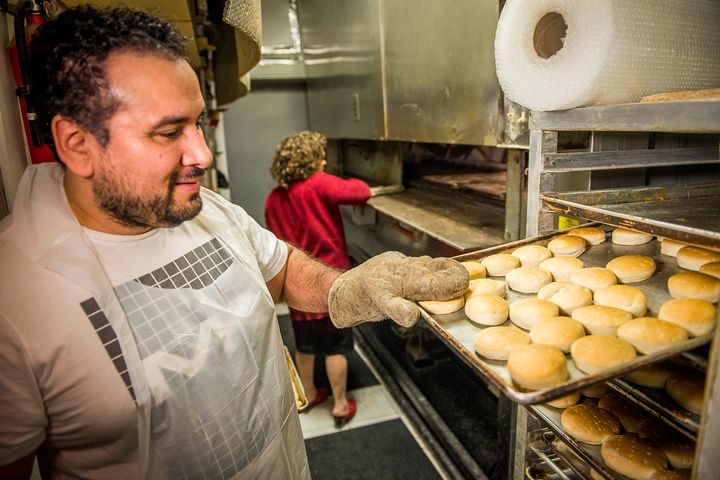The Best Mexican Restaurants in Toronto
The best Mexican restaurants in Toronto tempt with tacos, seduce with spicy salsas then seal the deal with punchy margaritas, dreamy guacamole and velvety, vanilla-spiked desserts.
Places that can satisfy midday hunger, electrify date night or answer the call when midnight cravings hit, there's a spot on this list for every occasion.
Here are the best Mexican restaurants in Toronto.
Comal Y Canela
Masters at turning fresh, pickled, braised and creamy ingredients into a litany of unbearably alluring Mexican dishes, the team at this casual spot in the Weston-Mount Dennis area never disappoints. Wait your turn in the small space, for birria, sopes, tacos, and everything else they're willing to send your way.
La Bartola
A wealth of plant-based ingredients and passion for ancient recipes have garnered this polished Little Italy restaurant praise from locals, visitors — even Michelin inspectors. Reserve a table for the chance to have what they're having: pickled wild mushroom tostadas, green chileatole, and tacos placero stuffed with braised hibiscus and lion's mane barbacoa.
Quetzal
A 28-foot wood fire infuses this cozy Little Italy restaurant with a sexy, smoky aura that grabs hold of diners, from first bite to last. In the place of tacos and tortas, find refined dishes, like lamb-barbacoa-filled empanadas oaxaqueñas and seared, dry-aged Hudson Valley duck breast with sensory-igniting red pipian.
Hector Vasquez of Gus Tacos. Additional photo, @fondabalam
Latest Videos
Latest Videos
Join the conversation Load comments










